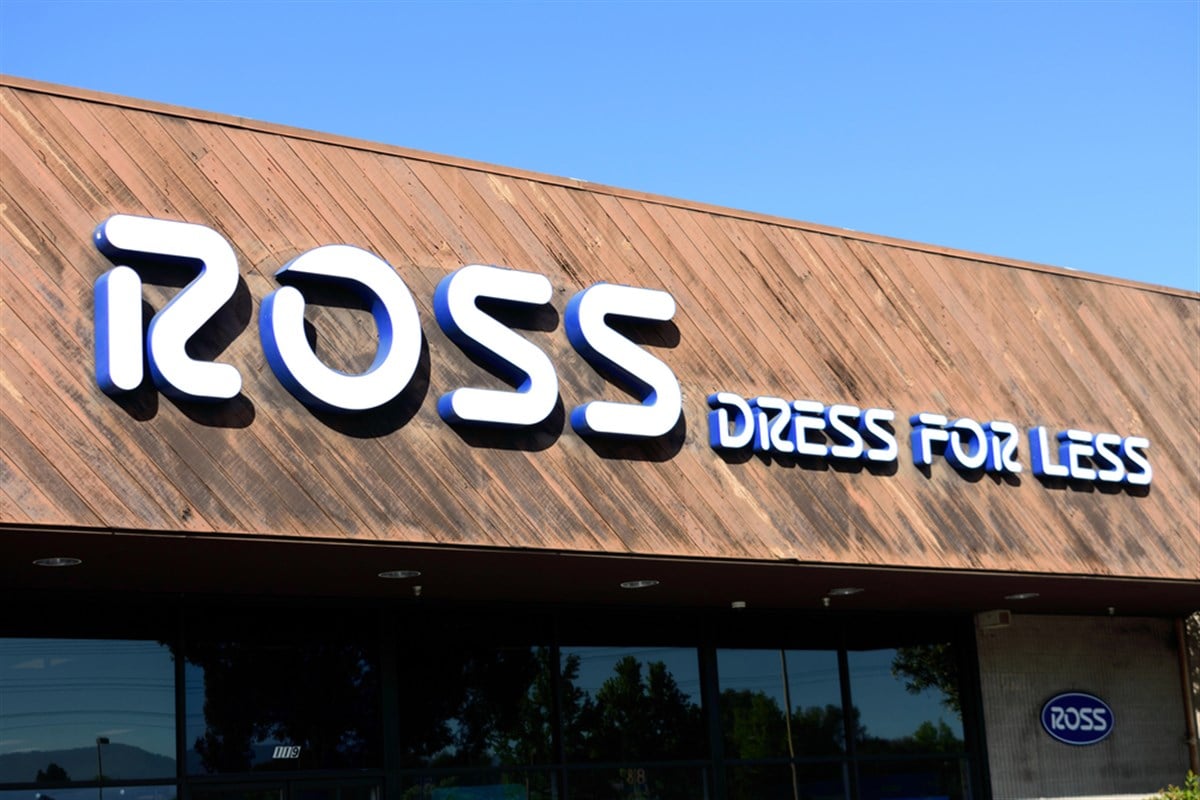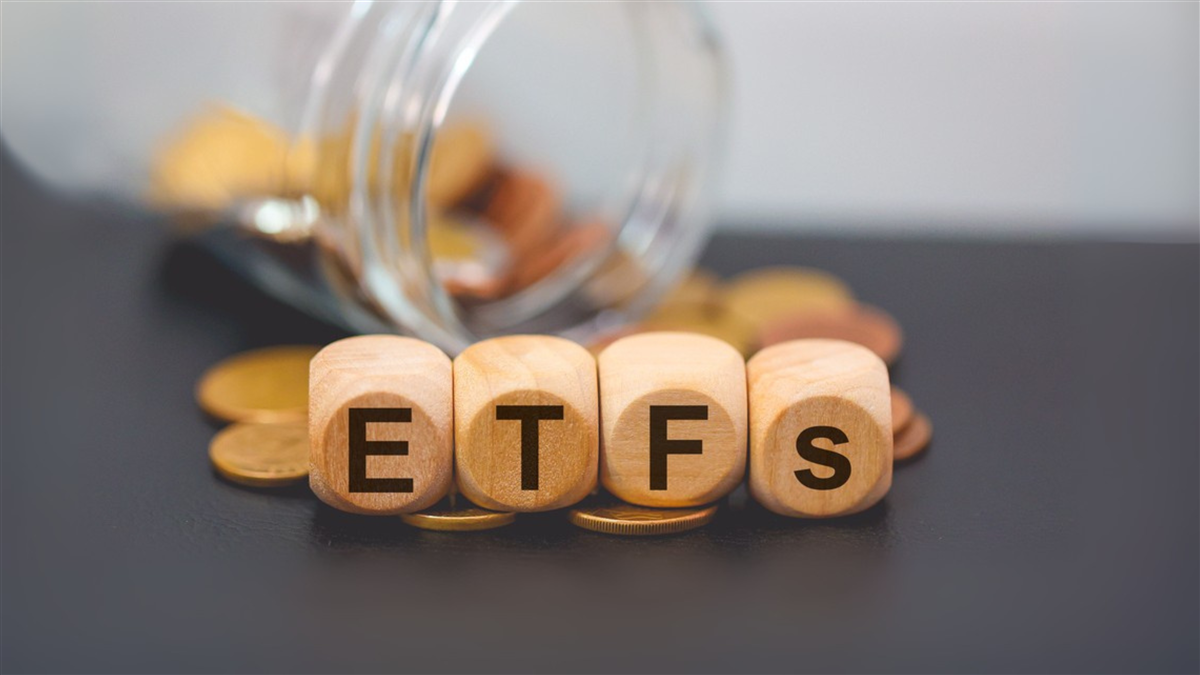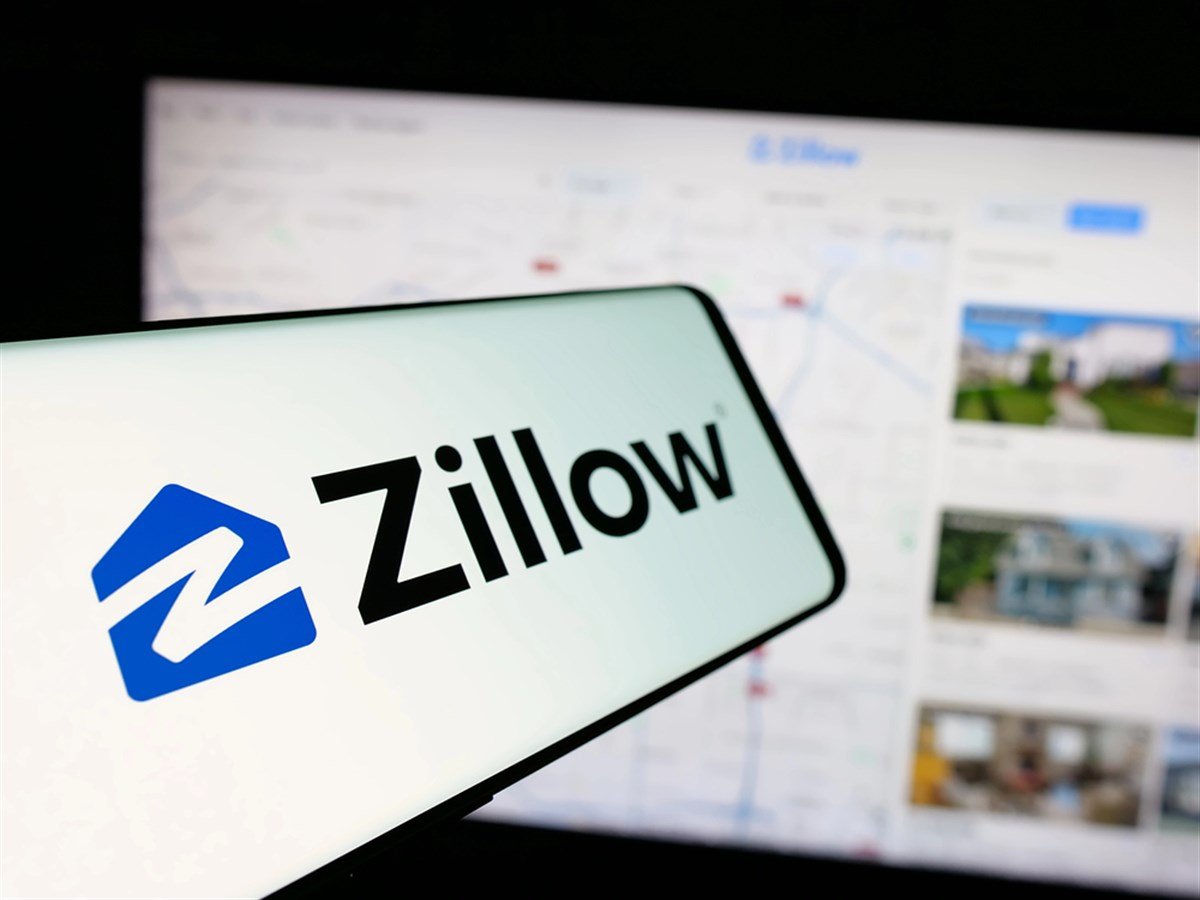Costco and Ross: 2 Ways to Play the Consumer Divide

Retail stocks' earnings season has started, and one theme investors will hear repeatedly is the state of the consumer. The Federal Reserve’s campaign to raise interest rates has widened the gap between low- and middle-income consumers and high-income consumers.
That gap is reflected in uneven consumer spending patterns. Persistent inflation continues to put strain on lower-income households. Higher-income households remain resilient; however, companies like Walmart Inc. (NYSE: WMT) have observed a trade-down effect with higher-income consumers choosing Walmart for groceries and essentials as they look for value.
That means that when it comes to retail earnings, investors must understand which consumer is the target and what that means for a company’s current and future pricing power.
Costco Wholesale Corp. (NASDAQ: COST) and Ross Stores Inc. (NASDAQ: ROST) are two retail stocks that serve as useful barometers for companies that deliver pricing power to these different consumer segments.
Costco Showcases Premium Pricing Power
Costco has been a stellar performer among retailers in the last five years. COST stock has delivered a total return (stock price appreciation + reinvested dividends) of more than 220% in that time. That means a $10,000 investment in August 2020 would be worth over $32,000.
The company’s business model is anchored by an annual membership fee that provides stable revenue. In September 2024, Costco raised that fee for the first time in seven years, and its worldwide retention rate remains above 90%.
Once consumers pay for their membership, they are enticed to shop at the store, where they can “trade up” by buying in bulk and on premium products. The company enjoys a strong gross margin of 11.25%.
In 2025 and beyond, Costco is committed to growing its global footprint, which bodes well for future revenue and earnings growth. That expected future growth justifies the stock’s premium valuation at over 54x forward earnings.
Ross Stores Offers Value-Oriented Pricing Power
In times of economic uncertainty, budget-conscious consumers look to “trade down.” Ross Stores satisfies that “treasure hunt” consumer who seeks value above all else.
In its first quarter earnings report for fiscal year 2026, the company anticipated some pressure on earnings due to tariffs. Approximately 50% of its inventory comes from China. However, the company is a favorite of analysts due to its solid fundamentals backed by solid traffic, comparable store sales growth, and margin expansion.
Analysts have a consensus price target of $159.40 on ROST stock. Recent notes suggest the stock may be fairly priced due to tariff headwinds. However, the stock has delivered a total return of over 72% in the last five years.
COST or ROST Stock: Why Not Both?
Investors frequently hear about the importance of diversification. However, because of the company’s distinct business models and customer focus, there’s room for both COST and ROST stocks in a portfolio.
COST is a growth stock that still fits as a defensive play. Higher-income households are still spending, which benefits Costco’s membership-driven model and ability to pass along modest price increases.
Investors have enjoyed strong stock price growth and a growing dividend for 22 consecutive years. The stock has been outperforming the broader market, and analysts believe that trend will continue.
ROST stock is more of a cyclical play in the retail space. However, that story still has legs. Value-oriented shoppers are flocking to off-price chains like Ross, which will keep traffic and comps strong. Even if the Federal Reserve begins to cut rates, the company’s core consumer will want to stretch their dollars.
Learn more about ROST


